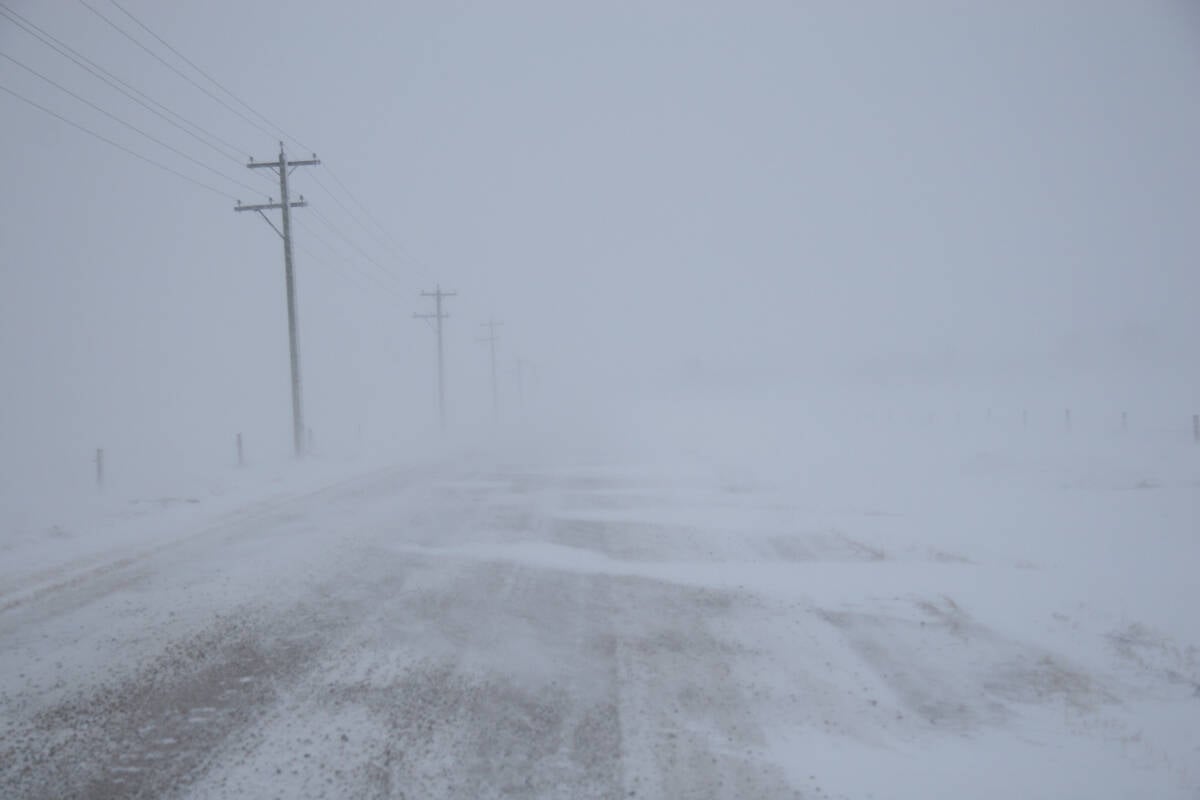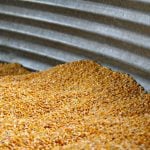Canola growers may be happy because the price of their crop has risen in recent weeks, but they’re probably unhappy on missing out on the hot rally of soybeans.
That has good and bad aspects, analysts say.
It’s bad because it shows demand for canola isn’t as strong as for soybeans. But it’s good because it means canola is no longer overpriced.
“Canola futures look fairly cheap now. A few months ago they looked fairly expensive,” said Ken Ball, a commodity market analyst with Benson Quinn GMS.
Read Also

Volatile temperatures expected for this winter
DTN is forecasting a lot of temperature variability in the Canadian Prairies this winter. Precipitation should be close to average.
Analysts say the shrinking spread between canola and soybeans means end users of vegetable oil will see canola as a better deal than soybeans, which are a lot more expensive.
“It’s possible we could entice more buying of canola,” said Nolita Clyde, a canola market analyst with Statcom Ltd.
“If soybeans continue to be very expensive, that could cause some end users to switch from beans to canola.”
When food processors buy vegetable oils, they base their decision of what oil to use not only on what works best for the product they are making, but also on which oil is the best deal.
Last year canola prices were high compared to soybean prices. The three-year price spread average is about $34 US per tonne, but last year the spread was about double that a few times.
That drove away demand, with Mexican, Chinese and other price-conscious buyers moving toward cheaper oils such as soybeans.
This year the situation is the opposite.
Right now there is only about a $21 US per tonne spread, making soybeans look expensive compared to canola. Ball said canola prices could move up if soybean prices stay strong.
“There is some upside potential if the U.S. markets can hold their gains,” said Ball.
With canola now looking cheap, users should step forward to buy. But they aren’t doing that yet, and that is annoying some in the canola industry, Clyde said.
“People are getting impatient that the demand isn’t there yet,” she said.
Ball said overseas canola seed buyers are the “missing link” that could lead to a canola price rise if they can be brought to the market.
Clyde said the thin spread between canola and soybeans probably means that canola prices would also not suffer as much if soybean prices tumble, since they are already underpriced. Canola prices are likely to be less volatile, because the size of the canola crop is better known than the size of the U.S. soybean crop.
The fate of soybeans is still being debated and studied, Ball said.
“The situation is well-defined in canola. There are no major mysteries left. The situation in beans is not defined yet,” said Ball. “It’s still a bit of a wild card.”
On Oct. 10, the United States Department of Agriculture will issue a production report that will help determine soybean price trends.
If the report confirms smaller soybean production, prices will probably stay strong, the analysts say.
“We’ve already priced a fairly short soybean crop into the market,” said Clyde. “People are confident the bean crop is getting smaller.”
Ball said farmers can now reasonably gamble on a price rise for canola in the next few months and hold off on pricing their crop, if they feel like gambling.
But he said with poorer prices and poor basis levels now, producers should consider pricing their crop and setting a basis level for delivery in the winter and keep their crop on-farm until then.
He said by doing this a farmer can lock in about a $25 per tonne gain on present prices.















